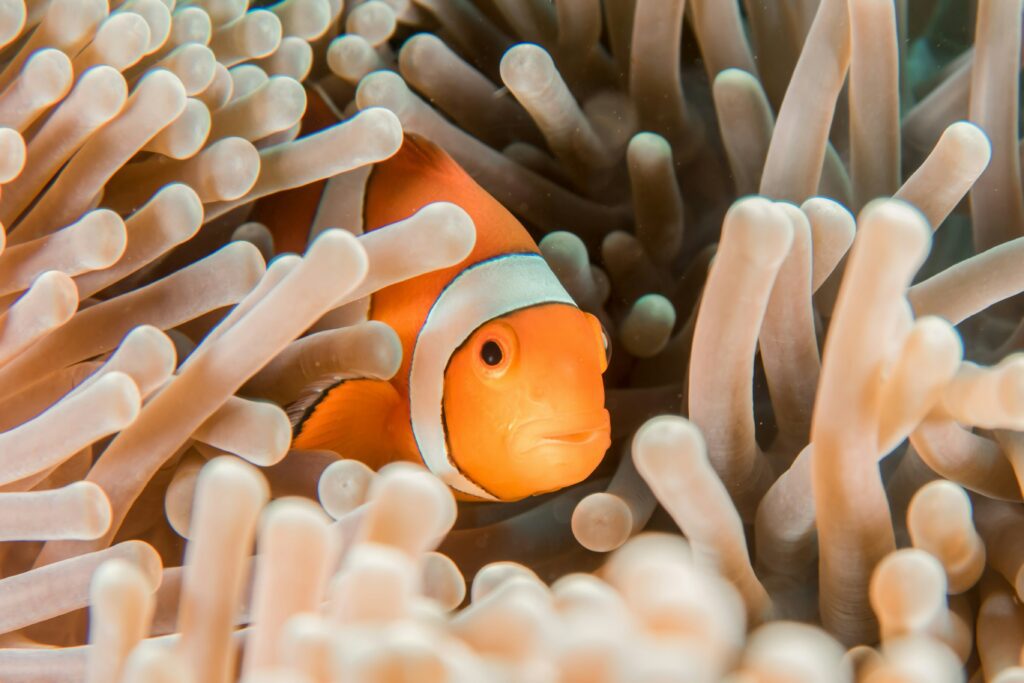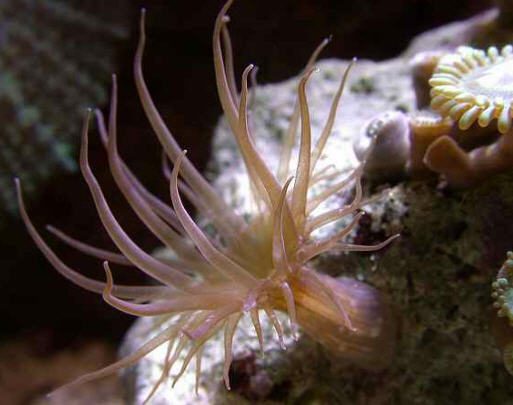How to Start a Saltwater Aquarium: Best Beginner Fish, Corals & Invertebrates
How to Start a Saltwater Aquarium for Beginners | Artistic Oceans Las Vegas
Learn how to set up your first saltwater aquarium with step‑by‑step guidance, recommended beginner‑friendly fish, corals and invertebrates, and solutions to common issues. Start your reef journey with Artistic Oceans in Las Vegas.
Saltwater aquariums are addictive. Once you get a tank cycled and see that first clownfish cruise past a coral, you’re hooked. But there’s a lot of bad advice floating around, and beginners often end up with a pile of dead rock and empty pockets. Below is a straightforward guide to get you from zero to reef hero without the fluff. It’s written for a local hobbyist in Las Vegas, but the fundamentals apply anywhere. If you need gear or livestock, swing by Artistic Oceans – we stock quality fish, corals and equipment, and we’ll tell you if something is a waste of money.
1. Plan Your Tank and Gear
Pick the right size & location
- Size matters. Small tanks (<20 gal) sound easy but actually swing parameters faster; start with 40–75 gallons if you have space.
- Stable stand. Place the tank on a solid, level surface away from direct sun and foot traffic.
- Budget for equipment. You’ll need a protein skimmer, return pump, heater, lights, powerheads and a simple controller. Don’t cheap out on the skimmer – it’s your primary waste exporter.
Basic equipment checklist
- Tank & stand – glass or acrylic, plus a sump if possible.
- Filtration – protein skimmer, filter socks, optional refugium.
- Lighting – LED reef lights with adjustable spectrum.
- Flow – wavemakers/powerheads for 20–30× turnover.
- Heating & cooling – heater plus fan or chiller for Vegas summers.
- Live rock or dry rock – forms the biological filter.
- RO/DI water system – tap water won’t cut it.
- Test kits – ammonia, nitrite, nitrate, pH, alkalinity, calcium & magnesium.
2. Cycle the Tank & Dial in Water Parameters
Set up the tank with rock and saltwater. Add a pinch of fish food or bottled bacteria and let the nitrogen cycle establish. Test every few days. You’ll see ammonia spike first, then nitrite, then nitrate. Only when ammonia and nitrite read zero and nitrates are <20 ppm is the tank ready for livestock.
- Temperature: 76–80°F (24–27°C)
- Salinity: 1.024–1.026 specific gravity
- pH: 8.0–8.4
- Alkalinity: 8–9 dKH
- Calcium: 400–450 ppm
- Magnesium: 1250–1350 ppm
If you’re in Las Vegas, invest in an auto‑top‑off (ATO) – our dry climate evaporates a surprising amount of water each day.
3. Beginner‑Friendly Saltwater Fish
When your tank is cycled, start with hardy species that tolerate novice mistakes. The Saltwater Aquarium Blog recommends fish that are hardy, non‑aggressive and reasonably priced. Their top beginner fish include Pajama Cardinalfish, Neon Gobies, Royal Gramma Basslets, Coral Beauty Angelfish and Ocellaris Clownfish. Here’s why each makes the cut:
| Fish | Why it’s a good starter | Notes |
|---|---|---|
| Pajama Cardinalfish | Hardy, peaceful and boldly patterned; mouth‑brooders that carry eggs in the male’s mouth | Keep singly or in small shoals (>75 gal). |
| Neon Goby | Tiny “perching” cleaner fish; helpful in picking parasites off larger fish | Keep singly or as a mated pair; avoid two males. |
| Royal Gramma Basslet | Half purple, half yellow; thrives in small or large tanks. | Don’t confuse with aggressive dottybacks. |
| Coral Beauty Angelfish | Dwarf angelfish that is hardy, colorful and reasonably priced. | Inspect for ich; one angel per tank. |
| Ocellaris Clownfish | Probably the most popular saltwater fish; hardy and pairs up. | Buy two to watch them bond; don’t mix clown species. |
Introduce fish slowly, one or two at a time, with quarantine if possible. Feed a varied diet (pellets, frozen foods, nori) and observe them closely.

4. Easy Corals & Invertebrates
After a month or two of stable parameters, you can add simple corals and reef‑safe inverts. Start with soft corals and hardy LPS. Here are a few bullet‑proof options:
Soft corals
- Zoanthids / Palythoas – colorful polyps that grow in mats. Easy to keep under modest light and flow.
- Mushrooms – Ricordea, Discosoma and Rhodactis mushrooms tolerate lower light and nutrient swings.
- Green Star Polyp (GSP) – bright green mat that sways in the current; place on a rock you can isolate – it spreads fast.
- Leather corals (toadstool, Kenya tree) – very forgiving and add movement.
LPS (Large Polyp Stony) corals
- Hammer / Frogspawn / Torch corals – Euphyllia species offer movement and color; give them gentle flow and room to expand.
- Candy Cane (Caulastrea) – hardy branching coral with luminescent heads.
- Acanthastrea (Acan lords) – fleshy polyps that come in vivid colors and grow slowly.
Reef‑safe invertebrates
- Scarlet Skunk Cleaner Shrimp – bright red-and-white shrimp that will set up a “cleaning station” for fish.
- Turbo / Astrea snails – algae grazers that help keep glass and rock clean.
- Blue‑leg or Scarlet Hermit Crabs – small scavengers that clean up leftover food.
- Emerald Crabs – eat bubble algae; avoid if you have tiny fish.
- Peppermint Shrimp – useful for controlling nuisance Aiptasia anemones.
5. Common Issues & How to Avoid Them
- Algae blooms: Too much light or excess nutrients cause nuisance algae. Use a proper light schedule, feed sparingly, maintain your skimmer and change water regularly. Add herbivores like snails and tangs once the tank matures.
- Parameter swings: Rapid changes kill corals. Top off evaporated water daily with fresh RO/DI water, test parameters weekly and avoid adding untested additives.
- Disease (Ich, velvet): Quarantine new fish in a separate tank for two weeks; observe for white spots or heavy breathing. Treat with copper or formalin if needed. At the very least, buy fish from a trusted source that quarantines (we do).
- Aiptasia & pests: Inspect corals for hitchhikers. Use peppermint shrimp or Aiptasia‑X to eradicate pest anemones early.
6. Local Advice & Next Steps
Setting up a saltwater aquarium is a marathon, not a sprint. Research your livestock, introduce animals slowly and don’t chase numbers. If you’re in Las Vegas, drop by Artistic Oceans for hands‑on help. We can test your water, recommend the right gear and livestock, and help you troubleshoot problems. Feel free to bring in pictures of your tank – we geek out on this stuff.




